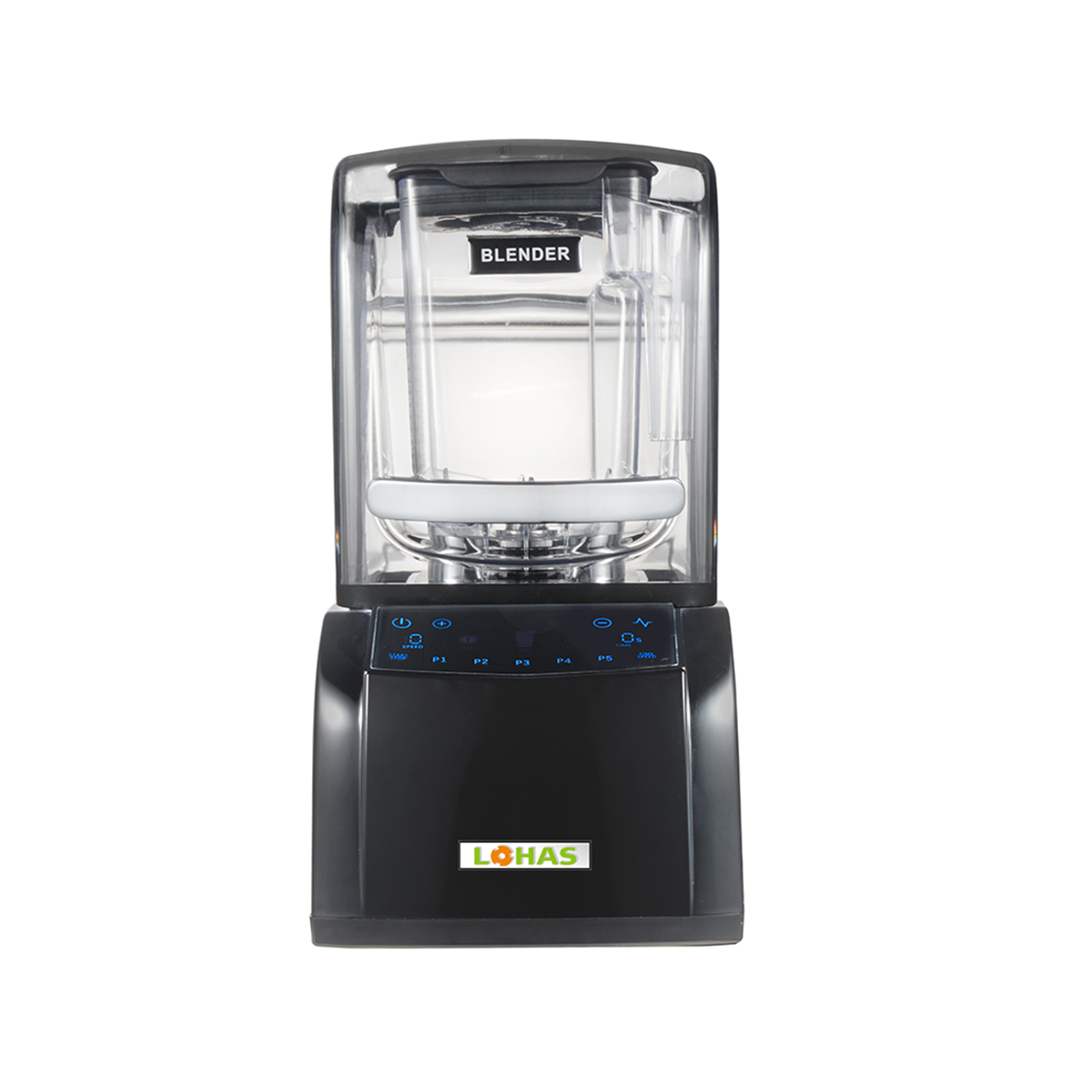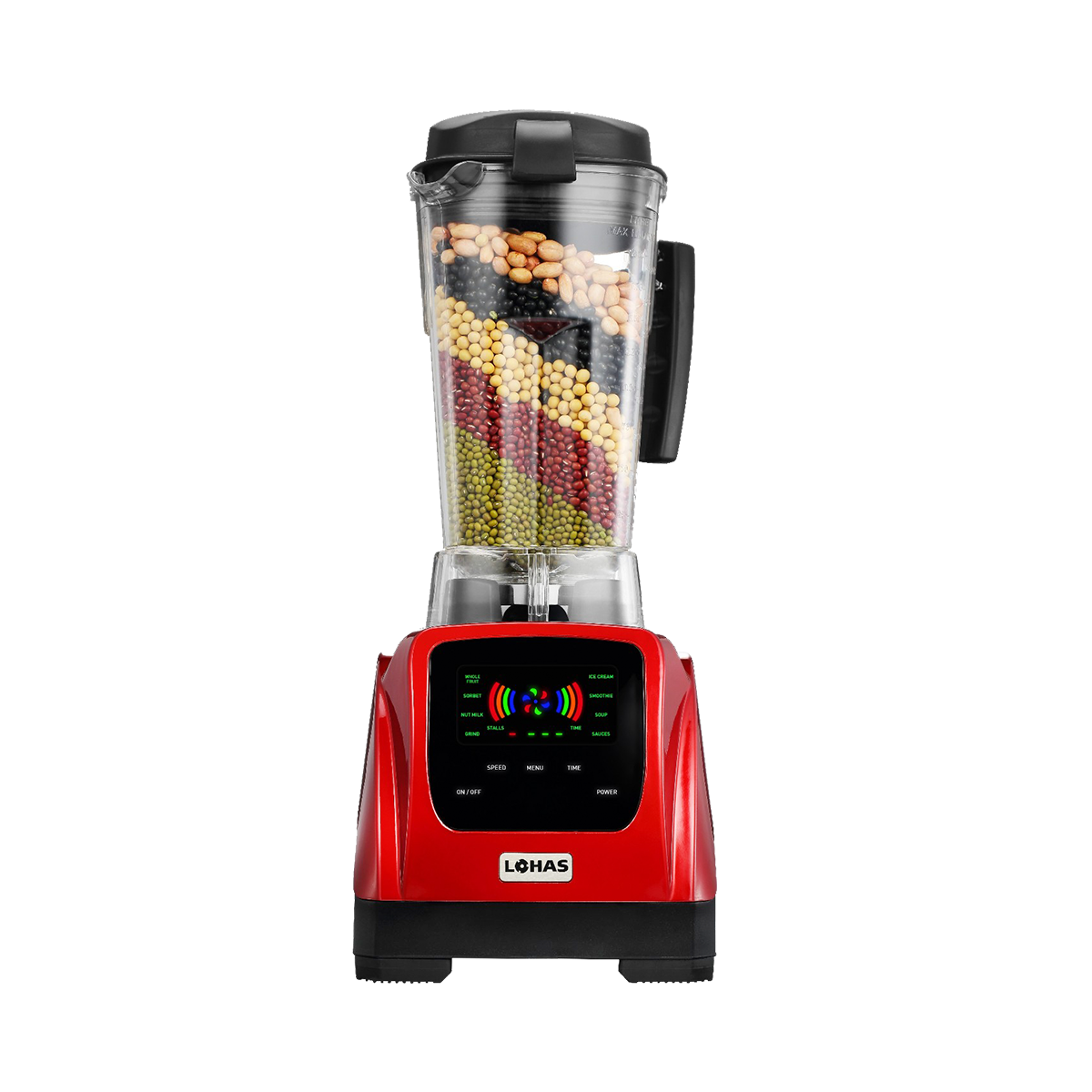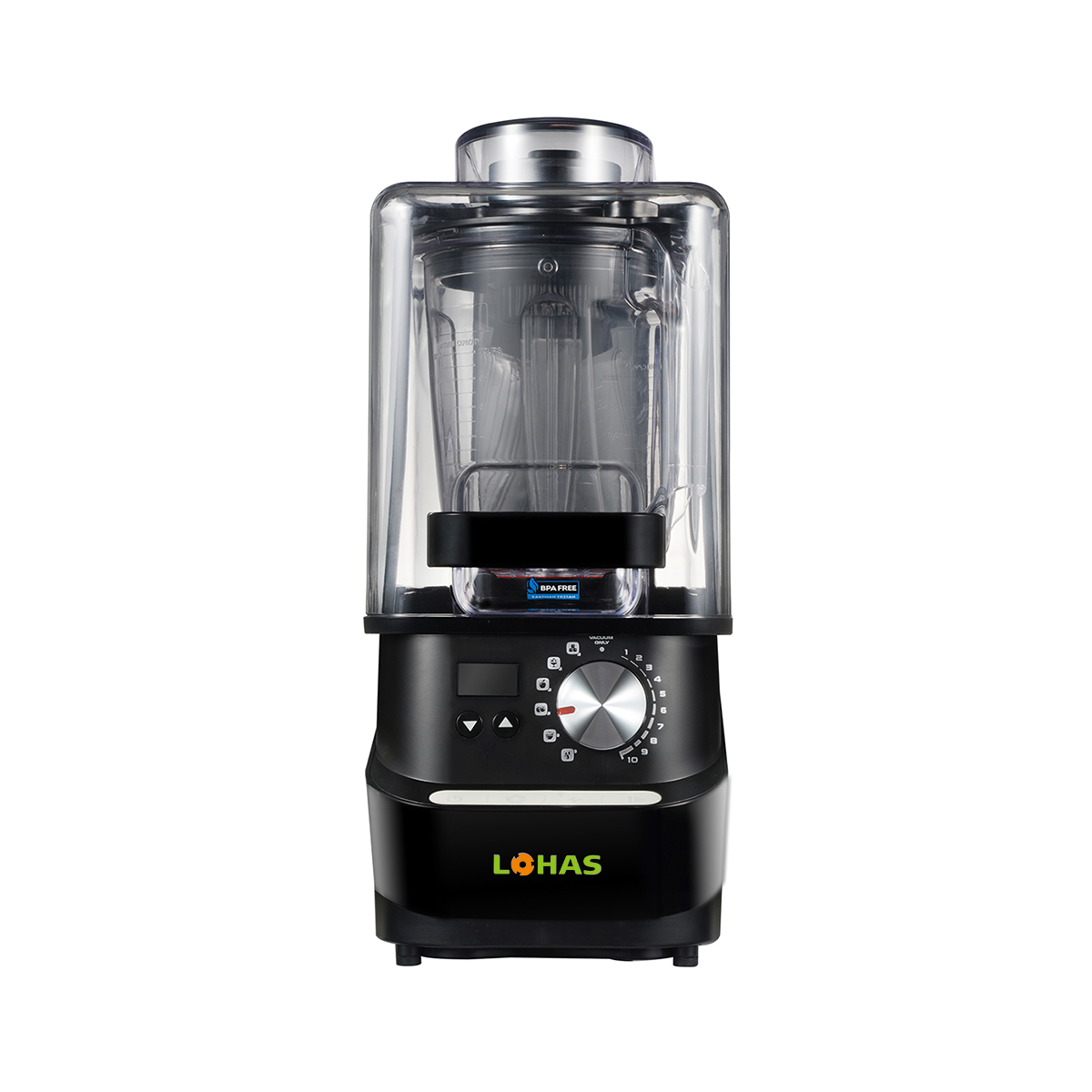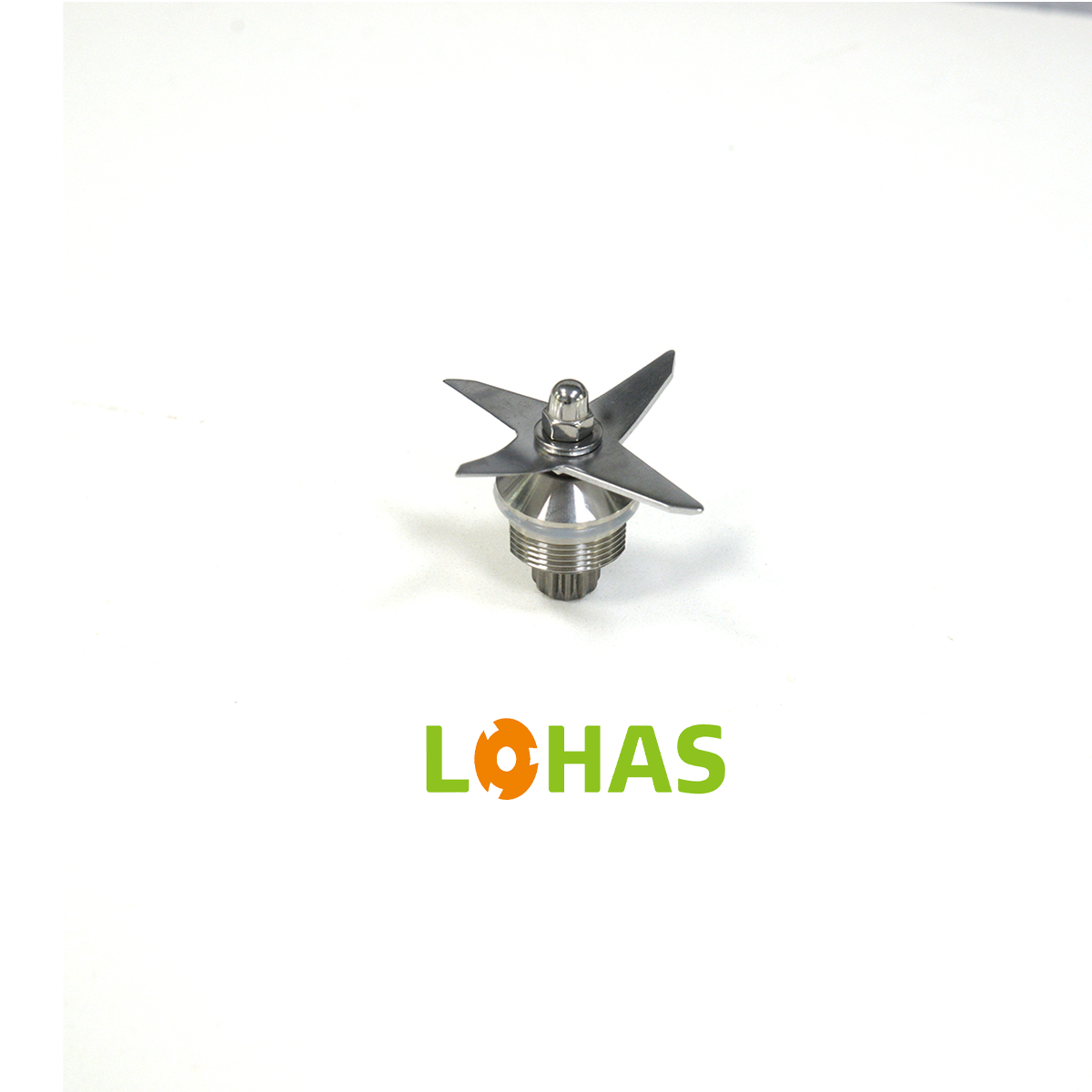Modern health enthusiasts and fitness professionals have discovered that meal preparation is the cornerstone of successful nutrition management. A high-quality smoothie blender serves as an indispensable tool for creating nutrient-dense beverages that support active lifestyles and streamline weekly meal planning routines. These powerful appliances transform whole foods into easily digestible formats while preserving essential vitamins, minerals, and fiber content that busy individuals need to maintain optimal energy levels throughout demanding schedules.
Professional athletes and wellness coaches consistently recommend incorporating blended beverages into structured nutrition programs because these drinks offer superior bioavailability compared to solid food alternatives. The mechanical breakdown process created by advanced blending technology enhances nutrient absorption while reducing digestive workload, allowing the body to focus energy on recovery and performance enhancement rather than complex digestive processes.
Strategic Meal Preparation Techniques
Batch Processing Methods for Weekly Success
Effective meal preparation begins with strategic batch processing that maximizes both time efficiency and nutritional diversity. Professional nutritionists recommend preparing smoothie ingredients in weekly portions, washing and portioning fresh produce immediately after grocery shopping to minimize daily preparation time. This systematic approach ensures consistent access to healthy options while reducing the temptation to choose processed alternatives during busy periods.
Freezer-friendly ingredient combinations can be pre-assembled in individual containers, creating grab-and-go smoothie packs that maintain nutritional integrity for extended periods. These prepared portions typically include measured amounts of fruits, vegetables, protein powders, and healthy fats, allowing users to create consistent beverages without daily measuring or planning requirements.
Storage Solutions for Maximum Freshness
Proper storage techniques significantly impact both flavor profiles and nutritional retention in prepared smoothie ingredients. Glass containers with airtight seals provide optimal preservation for pre-cut produce, while vacuum-sealed bags offer superior protection against freezer burn for longer-term storage applications. Temperature management remains crucial, as consistent freezing prevents ice crystal formation that can compromise texture quality.
Professional meal preppers often utilize portion control containers that accommodate standard serving sizes, eliminating guesswork while maintaining caloric consistency across multiple preparations. These standardized portions support precise macronutrient tracking, which proves essential for individuals following specific dietary protocols or fitness-related nutrition plans.
Performance-Oriented Beverage Formulations
Pre-Workout Energy Optimization
Pre-workout smoothie formulations focus on providing sustained energy release while minimizing digestive stress during physical activity. Optimal ingredients include easily digestible carbohydrates from sources like bananas or dates, combined with moderate protein amounts from plant-based powders or Greek yogurt alternatives. These combinations fuel glycogen stores without creating the heaviness associated with solid pre-exercise meals.
Timing considerations play a crucial role in pre-workout nutrition strategies, with most fitness professionals recommending consumption 30-45 minutes before training sessions. This window allows sufficient time for initial digestion while ensuring energy availability when training intensity peaks. A quality smoothie blender enables rapid preparation that fits seamlessly into pre-gym routines without compromising nutritional quality.
Post-Exercise Recovery Formulations
Recovery-focused smoothies prioritize rapid nutrient delivery to support muscle repair and glycogen replenishment during the critical post-exercise window. These formulations typically feature higher protein concentrations, ranging from 20-30 grams per serving, combined with fast-absorbing carbohydrates that facilitate optimal nutrient uptake. Anti-inflammatory ingredients like tart cherries or turmeric enhance recovery benefits while providing additional antioxidant protection.
Hydration replacement becomes equally important in post-workout beverages, as exercise-induced fluid losses require immediate attention to maintain physiological function. Coconut water serves as an excellent base liquid, providing natural electrolytes without artificial additives commonly found in commercial sports drinks. The addition of leafy greens contributes essential minerals while maintaining palatability through careful flavor balancing.
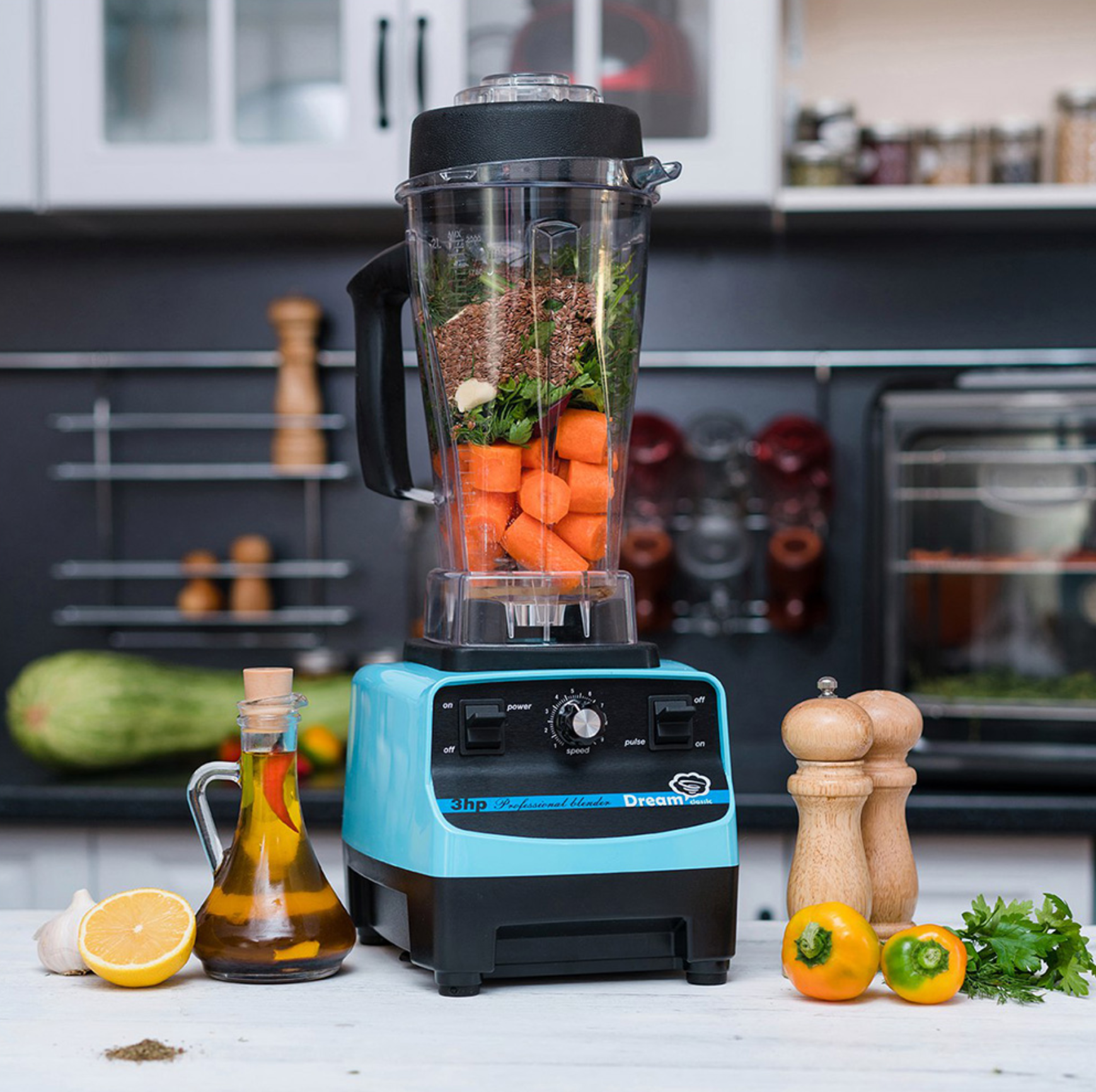
Advanced Blending Techniques and Equipment Optimization
Texture Mastery for Professional Results
Achieving restaurant-quality smoothie textures requires understanding the relationship between ingredient sequencing and blending duration. Professional techniques involve layering ingredients according to density, with liquids forming the base layer, followed by soft fruits, then frozen components, and finally powdered supplements. This strategic arrangement ensures optimal circulation patterns that prevent air pocket formation and ingredient separation.
Variable speed control allows precise texture manipulation, with initial low-speed blending incorporating ingredients gently before high-speed processing creates the desired smoothness level. Pulse functions prove invaluable for incorporating delicate ingredients like herbs or nuts without over-processing, while extended high-speed blending develops the creamy consistency that characterizes premium smoothie establishments.
Equipment Maintenance for Longevity
Regular maintenance protocols extend equipment lifespan while maintaining optimal performance standards throughout years of consistent use. Daily cleaning routines should include thorough blade assembly cleaning and container sanitization, preventing bacterial growth and flavor contamination between different smoothie preparations. Deep cleaning procedures involving specialized solutions remove mineral buildup and protein residues that can compromise motor efficiency.
Blade sharpening schedules depend on usage frequency, but most manufacturers recommend professional servicing annually for daily users. Dull blades create additional strain on motor components while producing inferior texture results, making maintenance investments cost-effective compared to premature equipment replacement. Proper storage in dry environments prevents corrosion and extends overall equipment reliability.
Nutritional Optimization Strategies
Micronutrient Density Maximization
Modern smoothie preparation extends beyond basic fruit combinations to incorporate nutrient-dense superfoods that address specific health objectives. Leafy greens like spinach and kale provide substantial vitamin K, folate, and iron content without significantly impacting flavor profiles when properly balanced with sweeter ingredients. Seeds and nuts contribute healthy fats essential for vitamin absorption while adding protein complexity.
Supplement integration allows targeted nutrition enhancement, with powdered vitamins, minerals, and specialized compounds easily incorporated into liquid formulations. This approach proves particularly valuable for individuals with specific dietary restrictions or elevated nutritional requirements due to intense training regimens. Quality smoothie blender technology ensures complete powder distribution without clumping or settling issues.
Macronutrient Balance for Sustained Energy
Balanced macronutrient ratios prevent blood sugar fluctuations while supporting steady energy release throughout extended periods. Professional nutritionists recommend maintaining approximate ratios of 40% carbohydrates, 30% protein, and 30% healthy fats for general wellness applications, with adjustments based on individual metabolic requirements and activity levels.
Fiber content management requires careful attention, as excessive amounts can cause digestive discomfort while insufficient fiber fails to provide satiety benefits. Soluble fiber sources like oats or chia seeds blend seamlessly while contributing to blood sugar stability and appetite regulation. Insoluble fiber from vegetable sources supports digestive health while adding minimal calories to overall formulations.
Specialized Applications and Creative Variations
Seasonal Ingredient Utilization
Seasonal ingredient rotation maintains nutritional variety while supporting local agriculture and optimal flavor profiles throughout the year. Spring preparations might emphasize detoxifying greens and citrus combinations that support natural cleansing processes after winter dietary patterns. Summer formulations can incorporate abundant berry varieties and cooling ingredients like cucumber or mint.
Fall and winter preparations often feature warming spices and heartier ingredients that provide comfort while maintaining nutritional standards. Ingredients like pumpkin, sweet potato, and warming spices create satisfying beverages that rival traditional comfort foods while delivering superior nutritional density. These seasonal rotations prevent taste fatigue while ensuring year-round adherence to healthy eating patterns.
Dietary Restriction Adaptations
Modern dietary requirements often involve complex restriction management that traditional meal planning struggles to accommodate efficiently. Smoothie preparation offers exceptional flexibility for addressing allergies, intolerances, and lifestyle choices without compromising nutritional adequacy. Plant-based proteins from sources like hemp, pea, or rice provide complete amino acid profiles for vegan practitioners.
Keto-friendly formulations emphasize healthy fats from sources like avocado, coconut products, and nut butters while minimizing carbohydrate content through careful ingredient selection. These specialized preparations maintain ketosis support while providing essential nutrients often lacking in restrictive dietary approaches. Paleo adaptations focus on whole food ingredients while avoiding processed supplements and additives.
FAQ
How often should I clean my smoothie blender for optimal performance
Daily cleaning after each use prevents bacterial growth and maintains optimal performance standards. Rinse immediately after use with warm water and mild detergent, then perform weekly deep cleaning with specialized solutions to remove mineral buildup and protein residues that can compromise motor efficiency and blade sharpness over time.
What liquid ratios work best for different smoothie consistencies
Optimal liquid ratios depend on desired consistency, with thin smoothies requiring approximately 1:1 liquid-to-solid ratios, while thicker preparations use 1:2 ratios. Start with less liquid and gradually add more during blending to achieve preferred texture without over-thinning. Frozen ingredients require additional liquid compared to fresh alternatives.
Can smoothie blenders handle hot ingredients safely
Most standard smoothie blenders are not designed for hot ingredients exceeding 140°F, as extreme temperatures can damage plastic components and create dangerous pressure buildup. Allow hot ingredients to cool or use specialized high-performance models specifically rated for temperature extremes if hot smoothie preparation is desired.
How long do pre-prepared smoothie ingredients maintain nutritional value
Properly stored pre-cut ingredients maintain 80-90% nutritional value for 3-5 days when refrigerated in airtight containers, while frozen preparations retain nutrients for 2-3 months. Vitamin C-rich ingredients experience faster degradation, making consumption within shorter timeframes preferable for maximum nutritional benefit and optimal flavor profiles.

